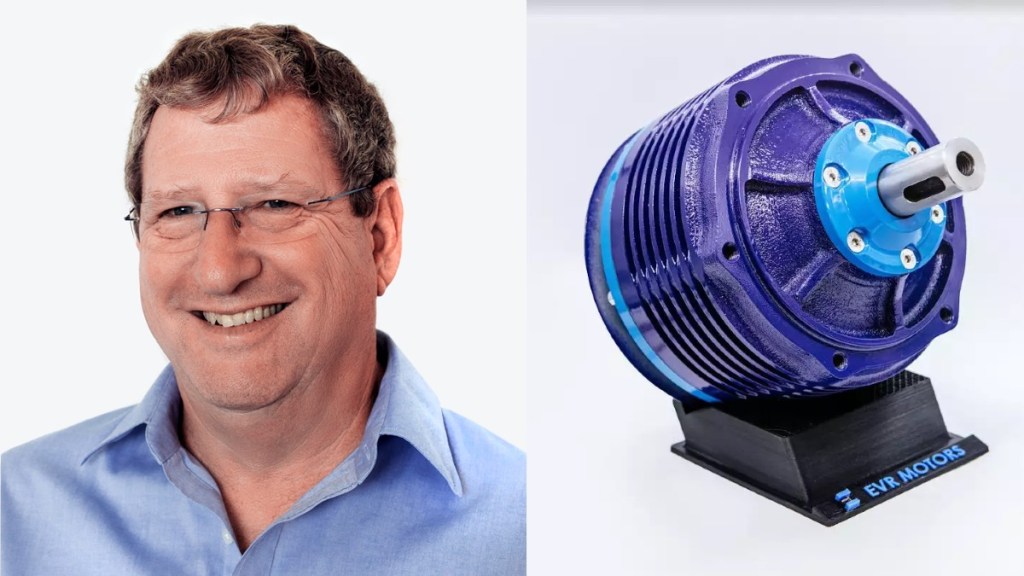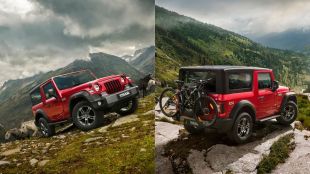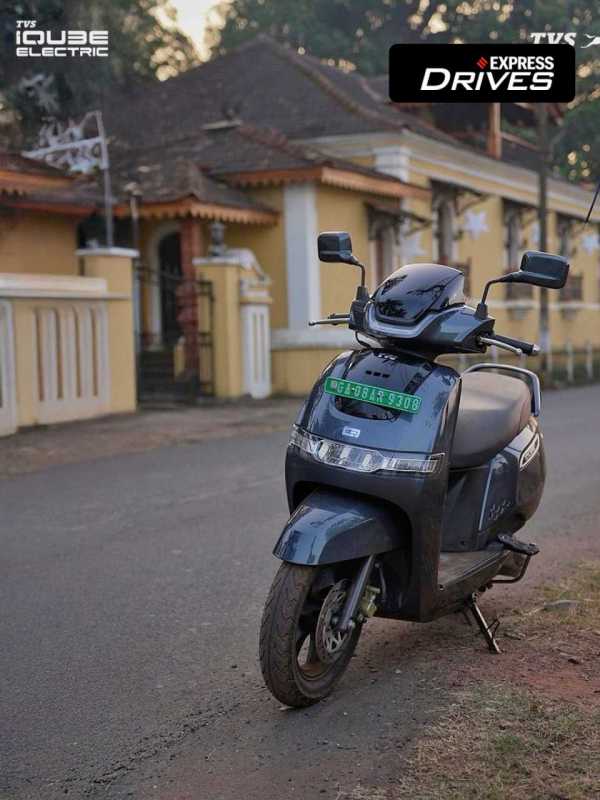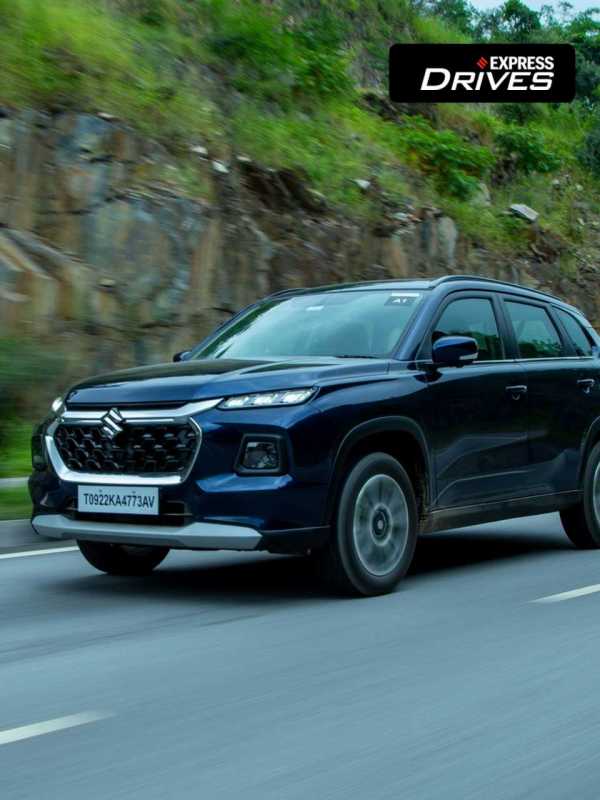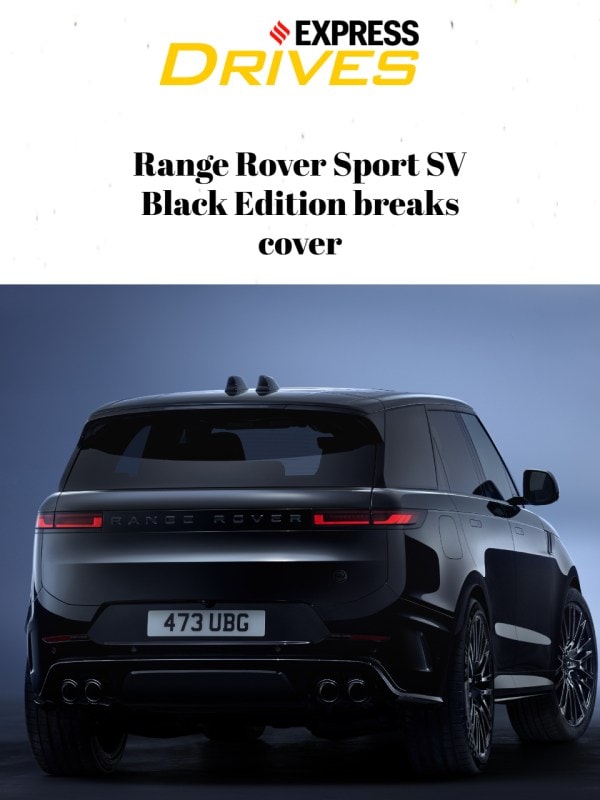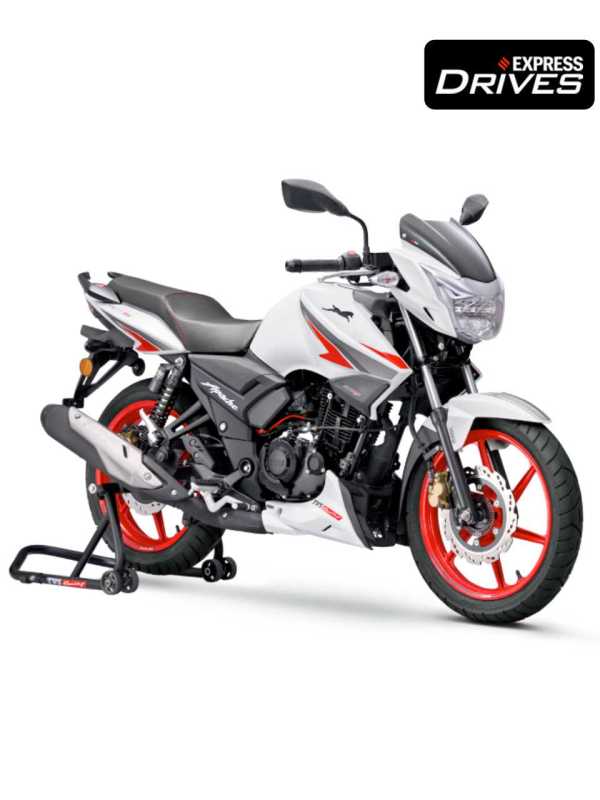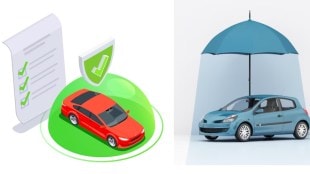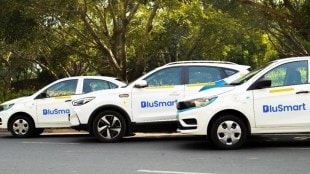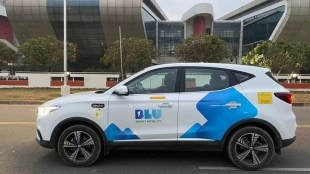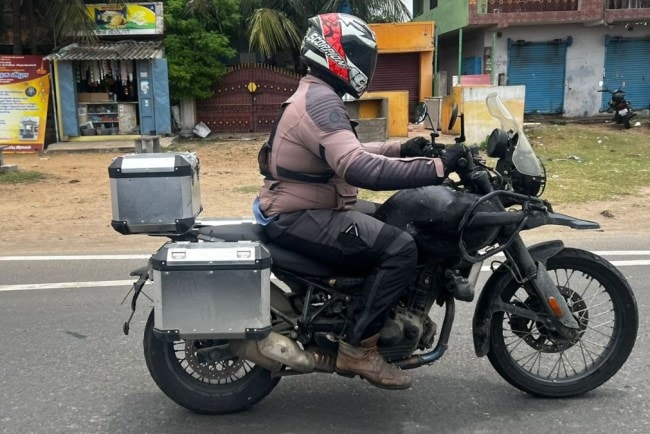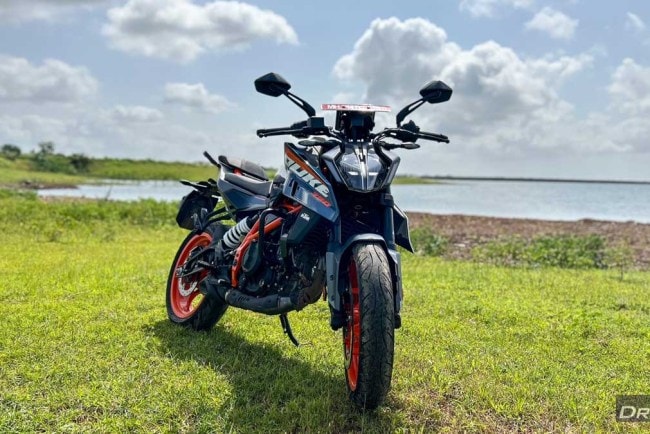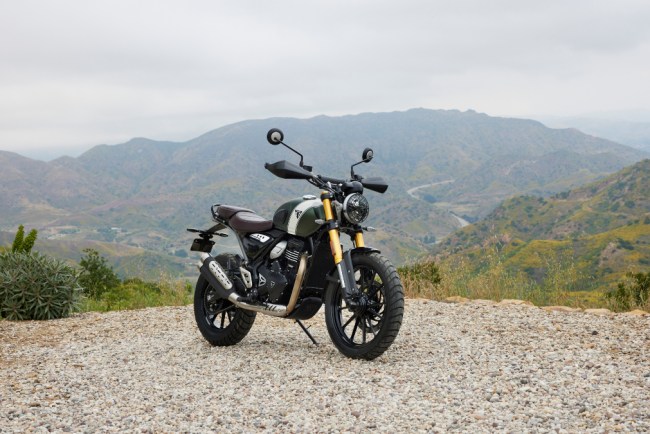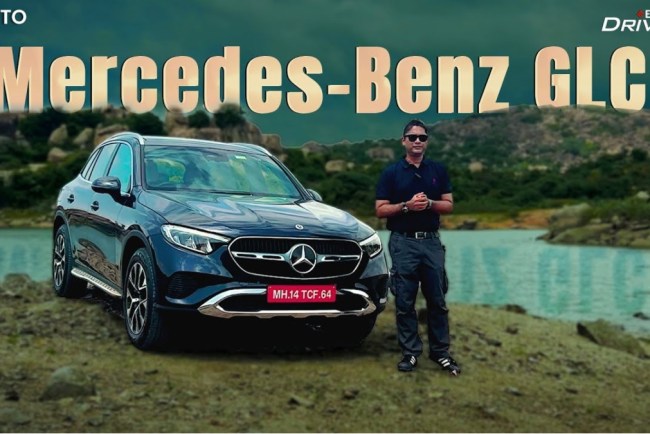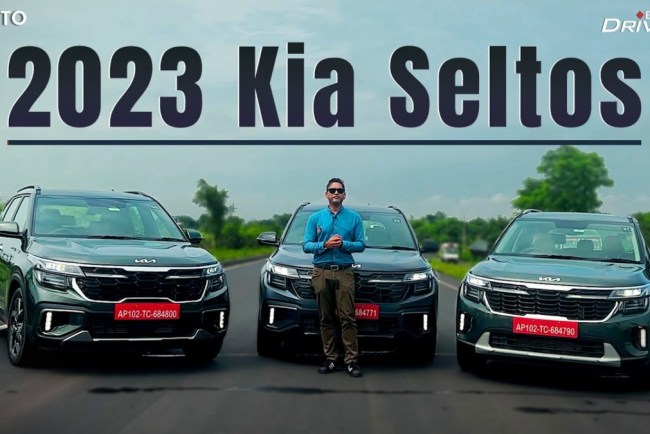Israeli start-up EVR Motors sees India as a huge potential market for its compact yet powerful electric motors. In fact, the company has already established multiple partnerships with various companies such as Badve Engineering, Napino, Omega Seiki Mobility, and EKA Mobility. In what can be said to be a unique announcement for an Israeli company, it has announced the setting up of its India operations and appointed Sajal Kishore, as its Head of operations. In a brief interaction with Express Mobility, Opher Doron, CEO, EVR Motors shares the company’s plans for India operations.
Can you share your thought on setting up EVR’s first overseas presence in India?
India is the most exciting market in the global race toward electrification. The huge push towards electrification from the government is encouraging, and the industry response is, frankly, quite amazing. From our perspective, India has a hugely competent manufacturing base, and our business model relies on partnerships.
As we are establishing more and more partnerships in India (Badve, Napino, Omega, EKA and more to be disclosed), we are setting up ‘EVR India’ subsidiary. It will manufacture the coils, a patented key component of our motor topology, for our partners in India and globally. It will provide our partners globally a low-risk, cost-effective supply of these critical motor parts that simplifies their production setup and creates greater economies of scale. With cost-competitive, quality-driven manufacturing approaches and deep industrial expertise, there is great potential for our Indian partners to export motors Made in India to many of our overseas customers.
When will the first vehicle with your motor debut?
Some of our partners are already setting up motor manufacturing capabilities for the two- and three-wheeler segments. We expect to see the first vehicles supplied to customers before the end of 2023.
Who are your current customers and plans for expansion?
The partnership with EKA is the third commercial agreement announced in India. This agreement will bring our motor topology to new markets such as commercial vehicles and e-buses. Our growing offering of electric motors from two- and three-wheelers, through hybrid motors to commercial and passenger vehicles is the basis for multiple partnerships. Additional partnerships, some of which will be announced soon, will help us expand into additional potential markets.
What kind of investments will you make for the Indian market and tentative team size?
We are investing a significant amount of money to set up EVR India. We are appointing Sajal Kishore as the Managing Director, who has been instrumental in formulating and executing our India business strategy and has previously held key corporate positions in prominent automotive firms in India. In addition, the team in India will include about 30 people for engineering, manufacturing, sourcing, and customer support. Additionally, a significant part of our R&D activities are geared towards motors specifically meeting the Indian market requirements.

Having established multiple partnerships addressing many EV segments in India, we can cater for specific OEM requirements and provide superior performance at lower costs. We are now working with our partners to set up scalable manufacturing capabilities in order to benefit from the exponential growth we expect across the entire Indian EV sector.
Globally, we have started to expand into other regions and products based on our successful business in the Indian market. In some cases, these opportunities will result in export business for our Indian partners, whilst in others we are establishing new partnerships with customers in other countries.
Any additional thoughts you would like to share?
After succeeding to develop and prove our innovative topology, we decided to make India the linchpin of our go to market strategy. Two years and multiple partnerships later, reality has exceeded our expectations in all respects – from the cooperation with partners on business aspects, through the eagerness to adopt new technology to the impressive industrial capabilities, it has been a journey with many more ups than downs, leading to a future that looks increasingly bright.

